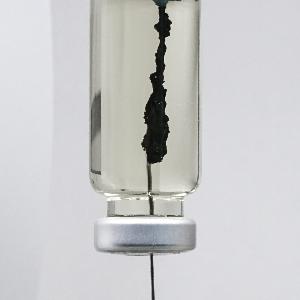2025-04-24 マックス・プランク研究所(MPG)

Scanning electron microscope image of a three dimensional superconducting nanostructure (nanobridge) deposited using direct-write 3D nanoprinting. © MPI CPfS / E. Zhakina
<関連情報>
- https://www.mpg.de/24602233/3dsc250423
- https://advanced.onlinelibrary.wiley.com/doi/10.1002/adfm.202506057
再構成可能な3次元超伝導ナノアーキテクチャー Reconfigurable Three-Dimensional Superconducting Nanoarchitectures
Elina Zhakina, Luke Alexander Turnbull, Weijie Xu, Markus König, Paul Simon, Wilder Carrillo-Cabrera, Amalio Fernández-Pacheco, Uri Vool, Dieter Suess, Claas Abert, Vladimir M. Fomin, Claire Donnelly
Advanced Functional Materials Published: 11 April 2025
DOI:https://doi.org/10.1002/adfm.202506057
Abstract
When materials are patterned in 3D, there exist opportunities to tailor and create functionalities associated with an increase in complexity, the breaking of symmetries, and the introduction of curvature and non-trivial topologies. For superconducting nanostructures, the extension to the third dimension triggers the emergence of new physical phenomena, and lead to advances in technologies. Here, 3D nanopatterning is harnessed to fabricate and control the emergent properties of a 3D superconducting nanostructure. Not only are the existence and motion of superconducting vortices demonstrated in 3D but, with numerical simulations, it is shown that the confinement leads to well-defined bending of the vortices within the volume of the structure. This 3D confinement manifests experimentally in a strong geometrical anisotropy of the critical field, through which the reconfigurable coexistence of superconducting and normal states in the 3D superconducting architecture, and the local definition of weak links, are achieved. In this way, an intermediate regime of nanosuperconductivity is uncovered, where the vortex state is truly 3D and can be designed and manipulated by geometrical confinement. This insight into the influence of 3D geometries on superconducting properties offers a route to local reconfigurable control for future computing devices, sensors, and quantum technologies.


